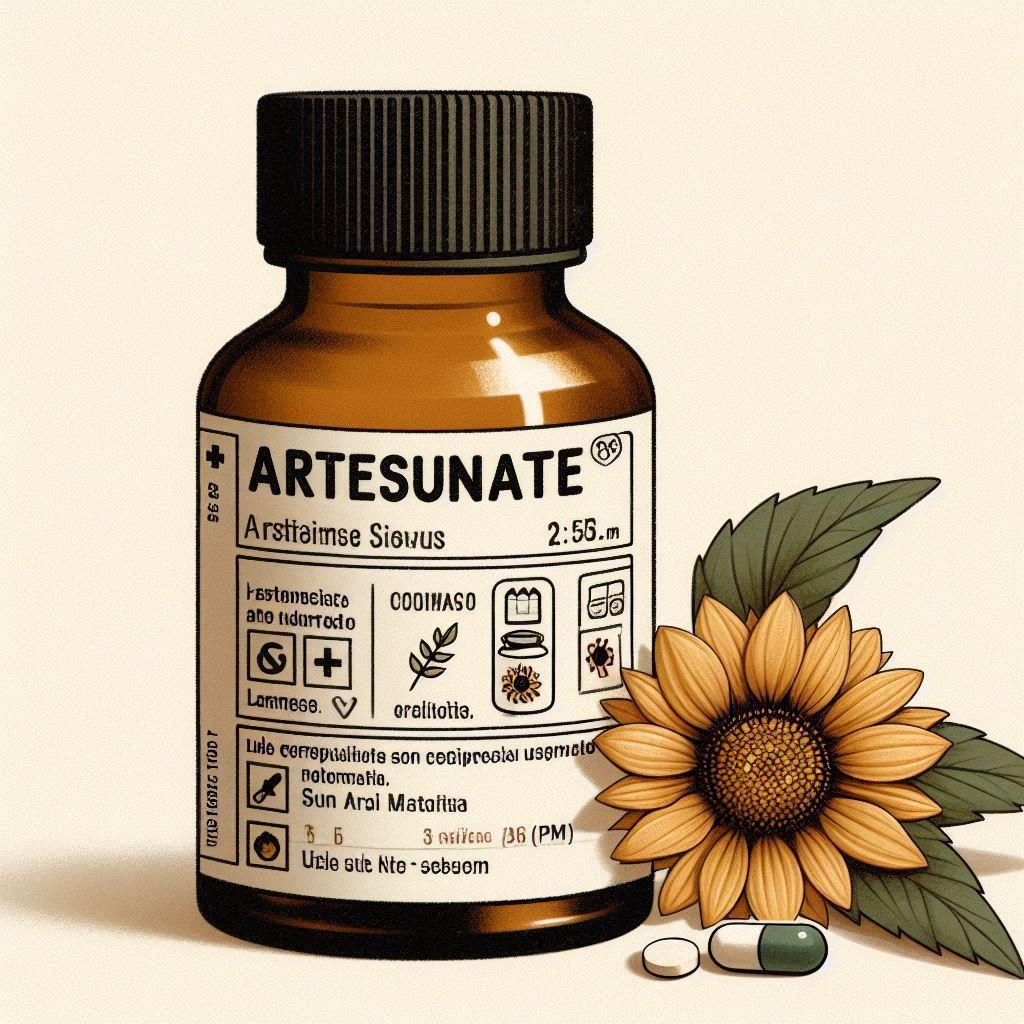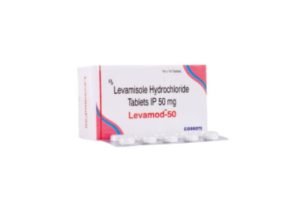
Here is the detailed information for Artesunate based on the format you provided:
Medicine Name:
Artesunate

Chloroquine-Chloroquine: Indications & Use, Dosage, and Mechanism of Action
Cefixime- Cefixime:-Use, Dose, Side effects, contraindications, Brand name, full review
Description:
Artesunate is a water-soluble hemisuccinate derivative of artemisinin, which is derived from the plant Artemisia annua. It is used as an antimalarial agent, particularly for the treatment of severe malaria caused by Plasmodium falciparum. Artesunate is rapidly absorbed and converted into the active metabolite dihydroartemisinin (DHA), which has potent antimalarial activity.
Forms and Usage:
- It is available in intravenous (IV), oral, and rectal forms, but IV is typically preferred for severe cases of malaria.
Common Brands of Artesunate:
- Falcigo – Zydus Cadila
- Artesun – Sanofi
- Larinate – IPCA Laboratories
- Artunate – Cipla
- Artesunat – Macleods Pharmaceuticals
- Artem – Alkem Laboratories
- Artesunate Injection – Mylan
- Artesunate Tablet – Aristo Pharma
Indian and US Price:
- India: The price for IV Artesun ranges from ₹150 to ₹500 per vial (50 mg or 60 mg).
- US: Artesunate is primarily available through the CDC for severe malaria treatment. Prices can vary, but it’s typically covered by government programs due to its critical use in emergencies.
Indications & Use:
- Treatment of severe Plasmodium falciparum malaria.
- It may also be used in combination therapy with other antimalarials for uncomplicated malaria.
- Off-label uses include treatment of other Plasmodium species infections, though it’s less common.
Dosage:
- Intravenous (IV) administration for severe malaria:
- Adults and children: 2.4 mg/kg at 0, 12, and 24 hours, then once daily until oral therapy is started or a total of 7 days.
- Oral administration (in combination therapy for uncomplicated malaria):
- Artesunate is typically given as part of a combination with another antimalarial, e.g., artemisinin-based combination therapies (ACTs) like artesunate-amodiaquine or artesunate-lumefantrine.
- Dosage is based on body weight and the specific combination.
Mechanism of Action:
Artesunate works by generating free radicals after interacting with the heme group within the parasite’s food vacuole. These free radicals damage the parasite’s proteins, nucleic acids, and membranes, ultimately leading to its death. It primarily targets the trophozoite and early schizont stages of the parasite’s life cycle.
Side Effects:
- Common:
- Nausea, vomiting, headache, dizziness, anorexia, fatigue.
- Less common:
- Anemia, transient liver enzyme elevation, neutropenia, allergic reactions (rare).
- Serious (rare):
- Hemolysis (especially in patients with G6PD deficiency), neurotoxicity with long-term or high-dose use.
Contraindications:
- Hypersensitivity to Artesun tablet or other artemisinin derivatives.
- Severe hypersensitivity reactions to the drug.
- Caution in patients with a history of severe cardiovascular conditions.
Drug Interactions:
- CYP450 metabolism: Artesunate is metabolized by cytochrome P450 enzymes, so drugs that inhibit or induce these enzymes may affect artesunate’s efficacy or toxicity.
- CYP inducers (e.g., rifampin, phenytoin) may reduce its efficacy.
- CYP inhibitors (e.g., ketoconazole) may increase toxicity.
- Other antimalarials: When used in combination with drugs like mefloquine or amodiaquine, monitor for additive toxicity.
- Antiretrovirals and antiepileptics can interact and reduce artesunate efficacy.
Precautions:
- Pregnancy: Artesun tablet is the preferred drug for treating severe malaria in the second and third trimesters of pregnancy. However, the risk-benefit should be evaluated in the first trimester.
- Breastfeeding: Artesunat is excreted in breast milk, but no harmful effects have been reported.
- Renal or hepatic impairment: Adjustments may be required in patients with significant liver or kidney dysfunction.
- G6PD deficiency: Risk of hemolysis in G6PD-deficient individuals, so careful monitoring is needed.
Patient Counseling Information:
- Inform patients about the importance of completing the full course of therapy.
- Advise patients to seek immediate medical help if they experience signs of allergic reactions (rash, itching, swelling) or severe side effects like jaundice, dark urine, or unusual fatigue.
- Explain that artesunate is usually part of combination therapy, and other medications may need to be taken along with it.
- Educate patients on the importance of using preventive measures against malaria (e.g., mosquito nets, repellents) in addition to treatment.
Conclusion:
Artesun tablet is a vital treatment for severe malaria, especially caused by Plasmodium falciparum, and plays a crucial role in saving lives in areas with high malaria burden. Its fast action and effectiveness in clearing parasitemia make it the drug of choice for severe cases, although its use requires careful monitoring for adverse effects and drug interactions.
References:
- WHO Guidelines for the Treatment of Malaria.
- CDC Guidelines for Malaria Treatment.
- McGraw-Hill’s “Pharmacology” 13th Edition – Chapter on Antimalarials.
- PubMed articles on artesunate pharmacology and clinical use.
Example:
A 45-year-old patient from a malaria-endemic area presents with symptoms of severe malaria, including altered mental status and jaundice. Intravenous artesunate is initiated as per WHO guidelines at 2.4 mg/kg at 0, 12, and 24 hours, then once daily until clinical improvement, followed by oral combination therapy with artesunate-amodiaquine.
Disclaimer:
This information is intended for educational purposes only. Always consult a healthcare provider for medical advice, diagnosis, or treatment specific to the patient’s condition. This document should not be used as a substitute for professional judgment in diagnosing or treating medical conditions.
Let me know if you need further modifications!







